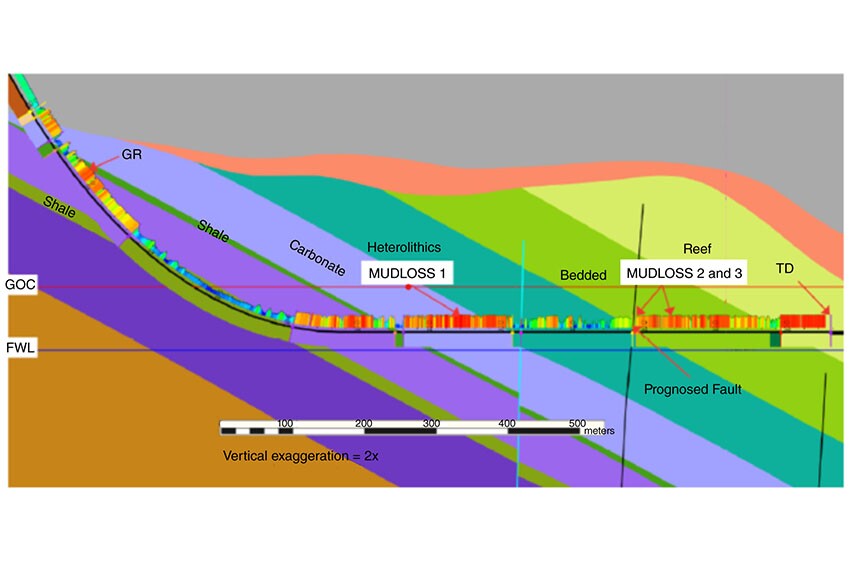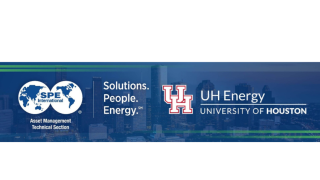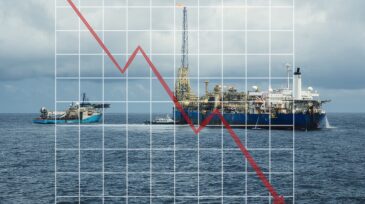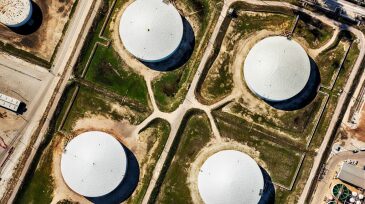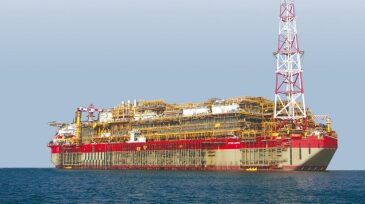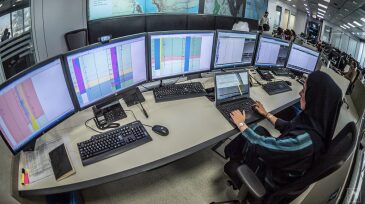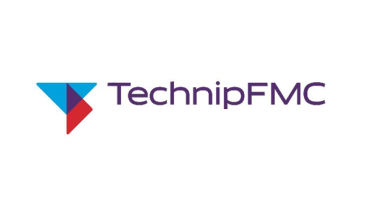Risk management
This paper discusses cases from the North Sea and offshore California in which high-fidelity pressure and dynamics measurements, combined with high-speed telemetry, helped overcome complex geotechnical challenges.
The SPE Asset Management Technical Section (AMTS) is teaming up with the University of Houston to launch a pilot program that advances asset management practices and supports the growth of energy professionals worldwide—setting a model for future collaborations between universities and SPE technical sections.
The SPE Management Technical Section has been officially renamed the Asset Management Technical Section. The new name better reflects the section’s focus on asset management as a core discipline in the upstream oil and gas industry.
-
Two intelligence groups share similar views on how the fallout from the COVID-19 pandemic has impacted OFS companies’ valuations and operations.
-
FPSO sanctioning is at a minimum and few opportunities remain for FPSO suppliers to find new work and redeploy their vessels. Suppliers may be forced to accept day rate reductions in order to keep their vessels working.
-
A technical synopsis of major considerations for unconventional wells facing prolonged shut-ins. The review includes deciding factors for kill fluid selection and risks of incompatible fluid mixing.
-
Financial Fallout: For two big companies, tougher times call for tougher actions.
-
University of Houston Energy asked 408 industry workers to gauge their companies’ response to the global pandemic and economic downturn.
-
Exploration commitments are expected to dwindle in the current market environment.
-
The potential leasing of space in the SPR comes after the DOE’s plans to buy crude oil were suspended. US oil inventory stockpiles stand at a 10-month high.
-
The methodology has proven to be a powerful and effective tool for major-risk management. This paper describes how this technique has been used for the management of major risks associated with production at Total’s Akpo floating production, storage, and offloading facility.
-
Saudi Aramco, BP, and Schlumberger pride themselves on staying at the forefront of digital technology development and deployment. But an equally daunting challenge for the industry heavyweights is keeping their ever-expanding digital systems secure.
-
The transaction is planned to be structured as a spin-off of TechnipFMC’s onshore/offshore segment to create SpinCo and RemainCo. The separation is expected to be completed in the first half of 2020.

